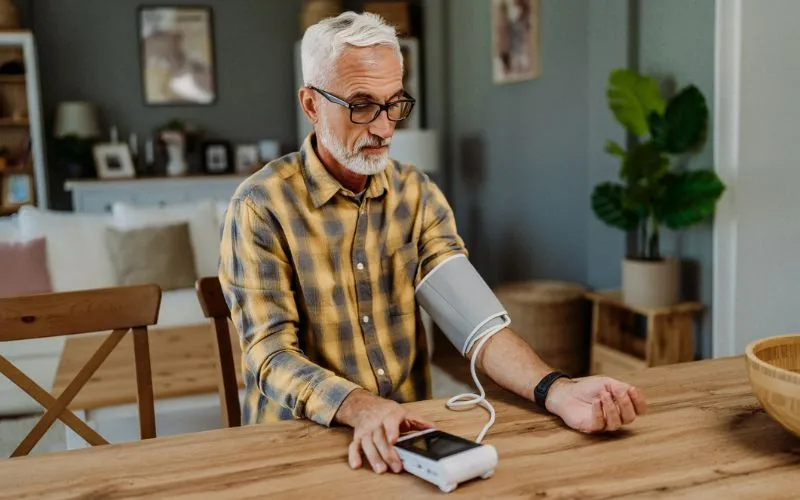For American Indian patients living with diabetic retinopathy in Oklahoma, one of the biggest obstacles for maintaining their eyesight is geography.
The No. 1 cause of blindness in the U.S., diabetic retinopathy is even more common within tribal communities, and for those living in far-flung rural areas of the state, a trip to Oklahoma City or Tulsa for treatment can be a major undertaking.
“For a lot of people in these rural communities, they’re not going to come to Oklahoma City, even when you tell them that you know they are at risk of losing vision,” said Dr. Stephen Fransen of the Dean McGee Eye Institute’s Diabetic Retinopathy Outreach Program (DROP). “And this isn’t an Indian phenomenon; it’s a rural phenomenon.”
For someone living in a town like Talihina, where a visit to a world-class eye institute can require a six-hour drive, the prospect of such a trip may be too much to process, even when confronting possible blindness.
Read the full story from George Lang in the April 15 publication of The Oklahoman. Click to read.



